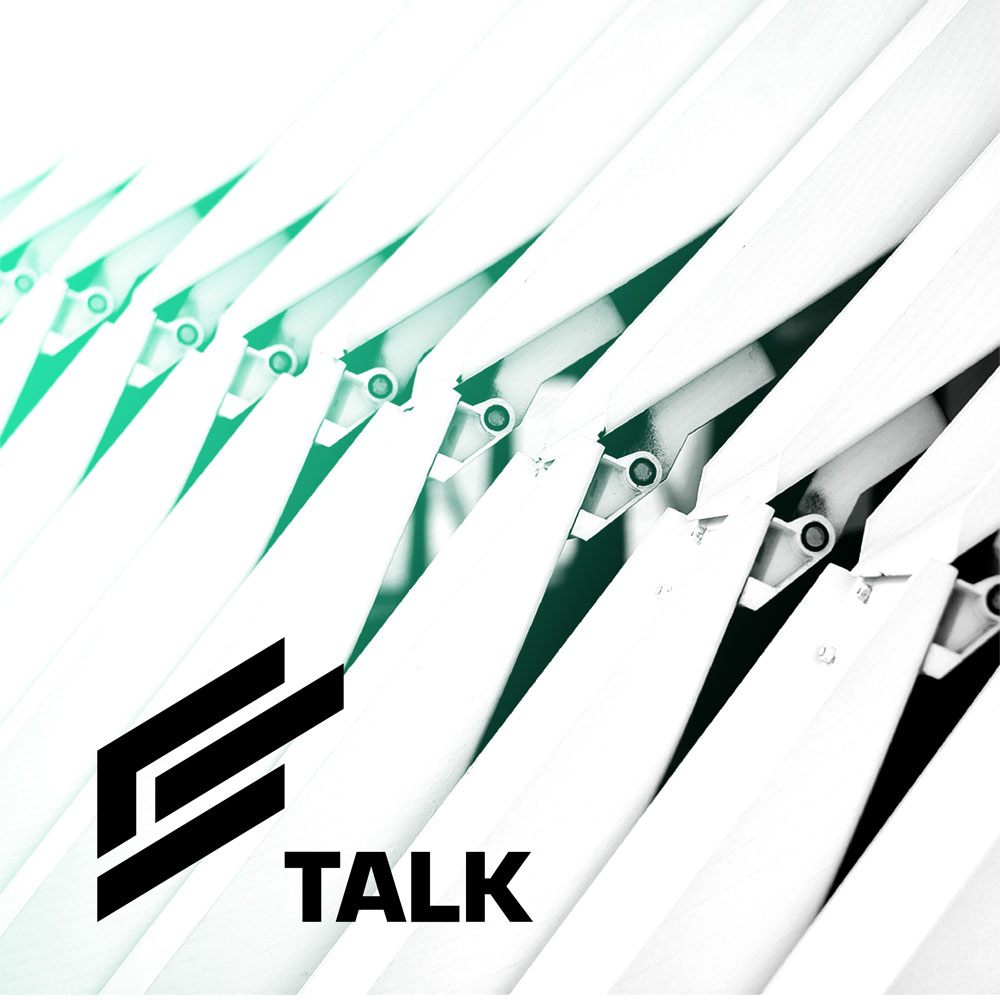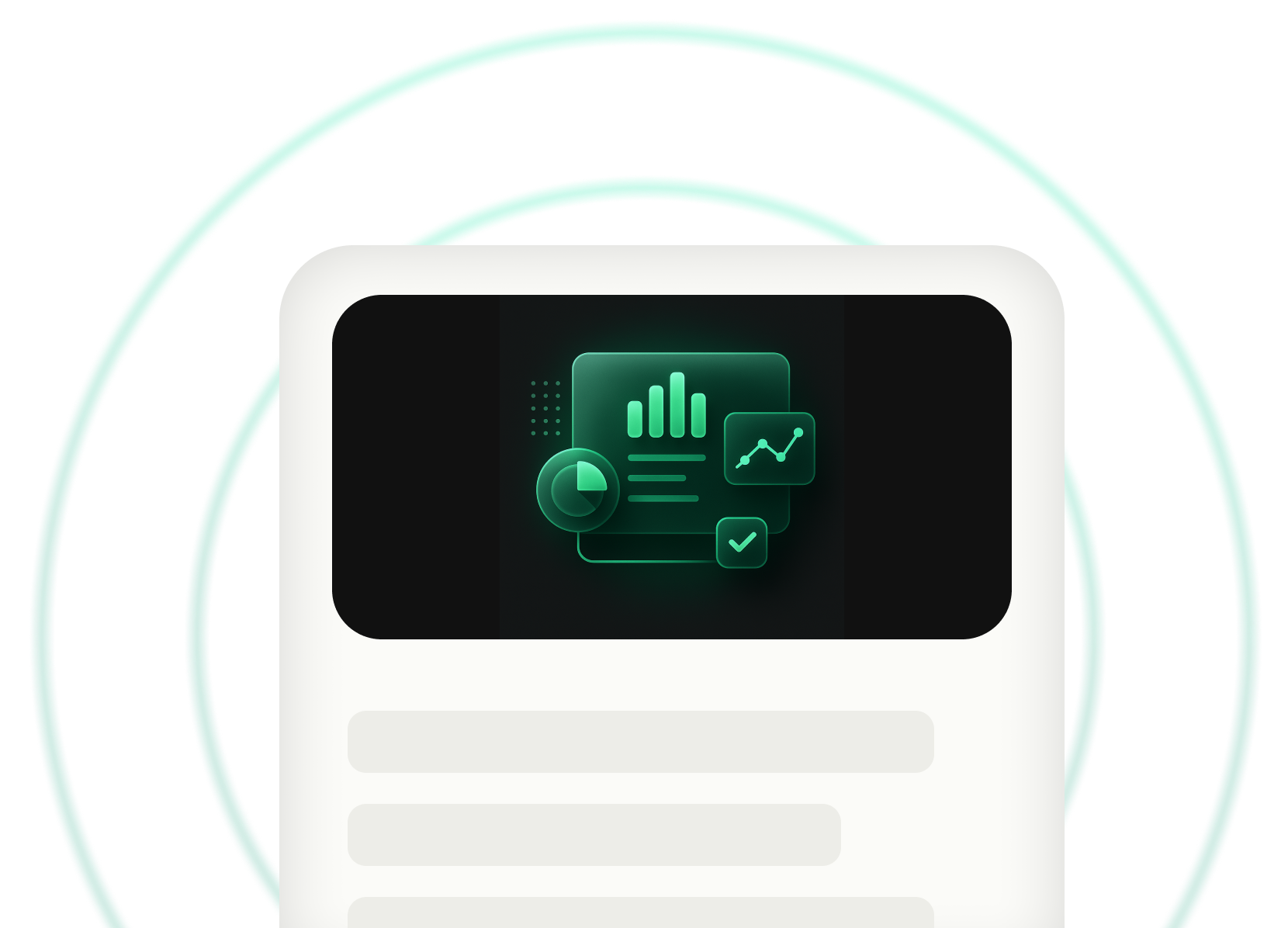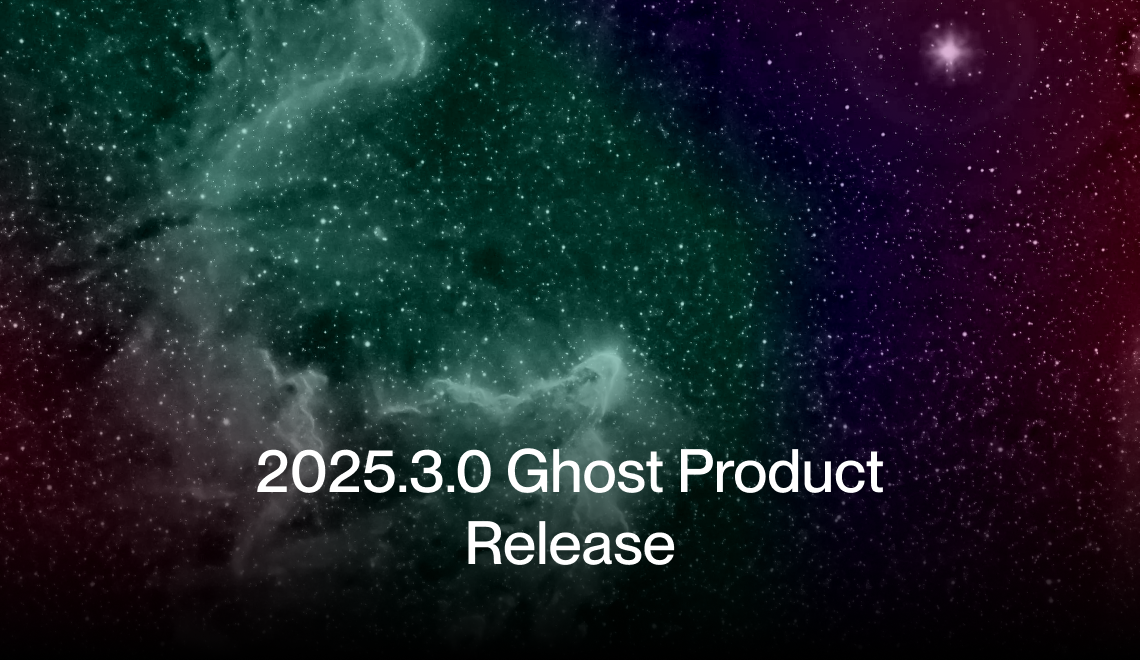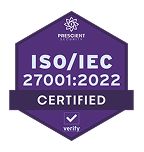Reaching the Horizon of Renewable Energy

Poised to be one of the most mutually beneficial relationships of the year, edge computing and renewable energy resources like wind and solar have more in common than you think. Both focused on less centralized, more efficient delivery, these two sectors plan on making some sparks fly.
Energy Locavores
In renewable energy models, distributed generation equals smaller, decentralized energy producing units that may or may not be connected to the grid-at-large. In a way that closely resembles edge computing, such power supplies are typically located near the point of end-use and are not centrally controlled.But today, more customers are seeking renewable energy. From homeowners to a local solar-powered radio station, to mega-corporations who’ve pledged to fulfill energy mandates by becoming more environmentally responsible. While there’s every reason to be altruistic, there is no reason not to reap a net benefit by diversifying your organization’s energy supply.Flipping the switch to renewables and making it a win-win means optimizing where to put what, when, in terms of real-time power supply. In the marriage of renewables to the IoT World, the ability to respond, as in all unions, is essential. Humans are not agile enough to instantly regulate and tweak electrical supplies from diverse power grids. There’s too much guesswork as to where the demand is going, and whether or not a dust storm has rendered one of Phoenix’s 299 sunny days, overcast. You may not need a weatherman to know which way the wind blows, but you need edge computing to avoid latency and outages in this paradigm.Efficiency through edge, combined with growing demand for viably greener options is steadily making the deployment of renewables cheaper, and a better all-around business decision. These developments are extremely auspicious for providers of renewable energy and their customers
The Energy Appetite of IoT
The IoT world of 2018 will surpass its energy consumption multi-fold in 2019. Collectively, devices don’t sip energy through a straw. They chug it. Some new technology actually helps save energy, but we haven’t come close to creating a net reduction in consumption as more people queue up more devices.“Global computing power demand from internet-connected devices, high-resolution video streaming, emails, surveillance cameras and a new generation of smart TVs is increasing 20% a year, consuming roughly 3-5% of the world’s electricity in 2015, says Swedish researcher Anders Andrae.In an update to a 2016 peer-reviewed study, Andrae found that without dramatic increases in efficiency, the ICT industry could use 20% of all electricity and emit up to 5.5% of the world’s carbon emissions by 2025. This would be more than any country except the US, China and India.”Vidal, J. (2017, November 12). ‘Tsunami of data’ could consume one-fifth of global electricity by 2025[Article]. Retrieved fromhttp://www.climatechangenews.com/2017/12/11/tsunami-data-consume-one-fifth-global-electricity-2025/
Unlikely Alternatives
On a planet subject to the increasing effects of climate change, there is paramount concern about the consequences of both extracting and burning various fossil fuels to generate electricity. The embodied energy used to extract this form of energy has increased as we go for the “hard stuff”, i.e. shale rock that requires hydraulic fracturing. In an era of maxed out extractivism, millions of gallons of water are required to “frack” a single well.Speaking of water, hydroelectric dams can only generate at full capacity in the absence of drought. Huge dams and centralized power grids can supply a lot of energy. But to put all our eggs in one basket is to risk it all to wildly fluctuating prices, hacks, intentional physical sabotage, and extreme natural events like earthquakes.It currently takes a bit more planning to source a comprehensive energy package from renewables but diverse solutions provide many benefits. Behaving in a socially and environmentally responsible way is not just best practice; it’s also a good look.Tech giants like Google, Amazon, Microsoft, Apple, and Facebook are leading examples in their implementation of renewables with pledges to further shed their carbon bonds. Behemoths like these are able to contract directly with green energy wholesalers. At Apple’s Reno, Nevada data center (home of Siri), over 200,000 servers are run and cooled entirely by solar energy from Apple’s three solar farms.Not limited to businesses at the top of the food chain, renewable energy use is represented in every segment of the economy (and growing every year). A look at these businesses championing power from wind, solar, geothermal, low-impact hydro, and biomass sources may surprise you.
Close to the Vest
They say to keep your friends close and your enemies closer. The same might be said about your data. Keeping it local provides speed, autonomy, and efficiency. But, as the IoT universe expands, so does the need for security.The edge can help divert and reduce the amount of data that needs to be sent to the cloud or other data center to be processed. This helps reduce internet traffic while creating a smaller and more elusive target for bots and hackers.Think of Romaine lettuce. The more local our food supply, the less likely the entire supply chain becomes suspect (thereby ruining your chances of enjoying a Caesar salad for up to a month). As goes lettuce, so goes the internet.
Internet of Things World
Our homes, businesses, cars, factories, and landscape are host to the growing progeny of Silicon Valley. We talk to our ovens, surveil our infants and our vestibules. Bracelets are heart monitors and Siri will offer to guide you, turn-by-turn, to Thailand from Arkansas (even though all you wanted was some Pad Thai in Little Rock).AI IoT is weaving its way into the fabric of life. ClearBlade is a partner in this frontier with an internet of things cloud platform utilizing the cloud of any vendor, or via our hosting and management service. But, the enterprise IoT world doesn’t live in the cloud alone. We can also provide enterprise IoT in an on-premise platform. Our platform provides auto-sync that can be deployed anywhere. And, we deliver the entire platform at the edge for 100% uptime.So, what happens when you reach the edge only to discover it was just the horizon?Stay tuned.

.webp)
ClearBlade Monthly Newsletter
News, trends, and true stories of IoT, Edge AI and connected Digital Twins in action.













.svg)











